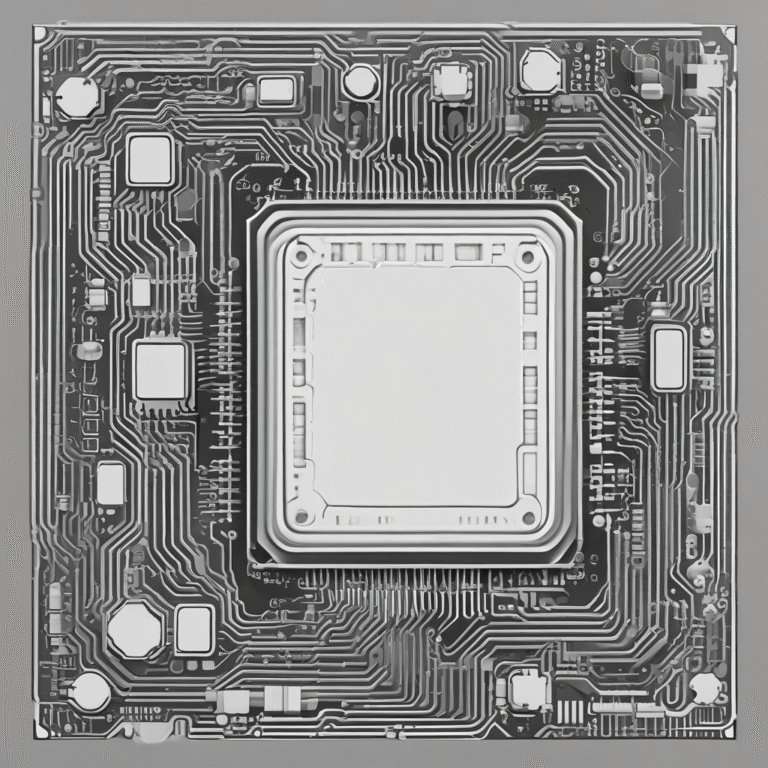As AI Shakes Up the Workplace, New Challenges Arise
There’s no denying that artificial intelligence (AI) is here to stay in the modern workplace. Amid this rapid adoption, questions on AI ethics, responsible use, and compliance with government regulations are not so often discussed.
For instance, a product manager from Nueva Ecija states that AI has helped him perform simple yet repetitive and time-consuming tasks. He notes, “It is supplementary to my knowledge and skills. Since my field is technology-related, we are highly encouraged to use AI because we are trying to leverage and explore the extent to which one could use it.”
Understanding the Limits of AI
It is crucial to recognize the limits when using AI for work. “There would only be risks if you do not have due diligence in omitting private information,” he explains. It is emphasized in the terms and conditions of AI or large language models that they can possibly use the things you input for training.
Similar discussions are ongoing in boardrooms and offices worldwide. Companies should be aware of the possible risks, ethical considerations, and responsibilities that are part and parcel of AI use.
AI is Everywhere
Organizations have much to learn about risks present in every stage of the AI lifecycle. Business leaders and professionals have varying degrees of understanding about these issues. While some are deliberate in setting their own AI policies—such as avoiding free versions of AI models to prevent data leakage—others may not be aware of these dangers.
“Some mistakenly believe they don’t need to worry about AI risks because they haven’t formally implemented generative AI—failing to realize that many employees may already be quietly using publicly available AI tools noncompliantly,” he explains.
Ethics and Responsibility in AI
The ethical use and responsible AI use intersect with privacy and data use issues, often conflated with each other. To use AI responsibly is to mitigate risks and prevent the negative impact of AI’s limitations while being ethical means focusing on what’s “morally right” and aligning with societal values.
Key questions about AI ethics can be distilled into the “3 A’s,” namely: autonomy, agency, and assurance. Autonomy asks if the system could act on its own without human intervention; agency refers to controls and limitations placed to prevent undesired actions of AI developers; and assurance involves how organizations could ensure safety, security, and trustworthiness in AI use.
Risks of Low-Cost Models
New, low-cost models, such as what a Chinese tech startup recently unveiled, challenge traditional market dynamics. While these models represent the promise of accessible AI, they also highlight various challenges and issues.
Organizations can implement these models without expertise in AI safety, raising concerns about privacy and security considerations. Businesses can expose themselves to unintentional harm, particularly in sectors where AI-powered decisions significantly impact individuals.
Balancing Innovation and Accountability
Organizations are encouraged to develop industry standards for open-source AI implementations that establish safety and ethical requirements. Regulatory frameworks are vital in balancing innovation with safety, mandating transparency about AI’s capabilities, limitations, and data usage policies.
As organizations increasingly adopt cost-efficient models, the AI community must ensure technical progress aligns with ethical considerations and responsible deployment practices.
Government Regulation
Alongside private sector efforts, government actions are being introduced to establish AI governance frameworks. For instance, the European Union and South Korean government are setting strict regulations to ensure accountability while allowing room for responsible innovation.
In conclusion, as AI continues to evolve and infiltrate various sectors, the discussions surrounding its ethical use, potential risks, and the need for regulatory frameworks become increasingly critical. Organizations must remain vigilant and proactive in addressing these challenges to harness the full potential of AI responsibly.









